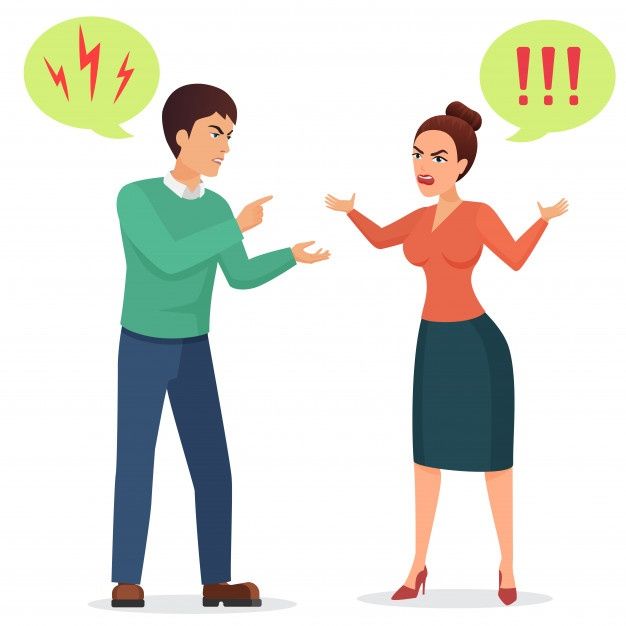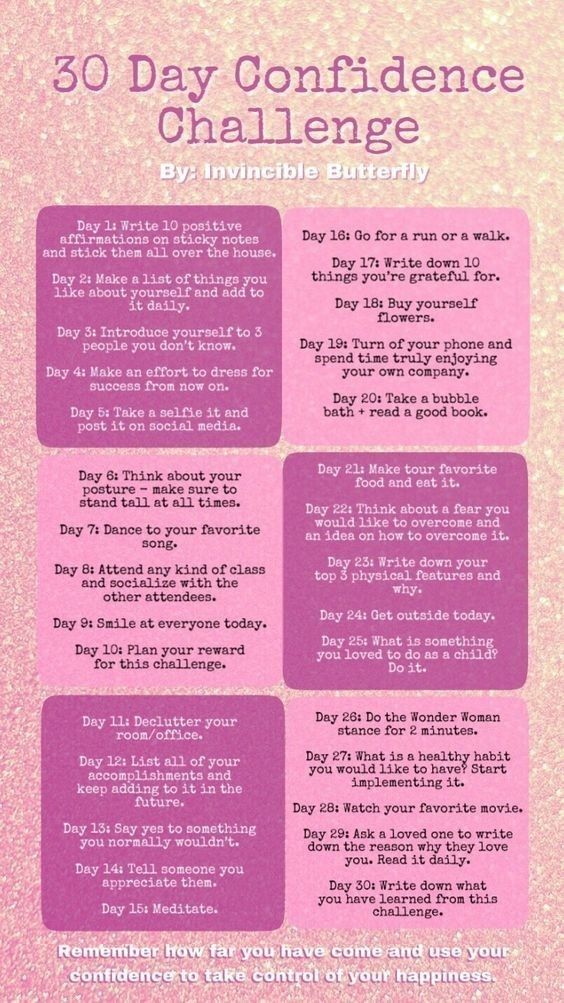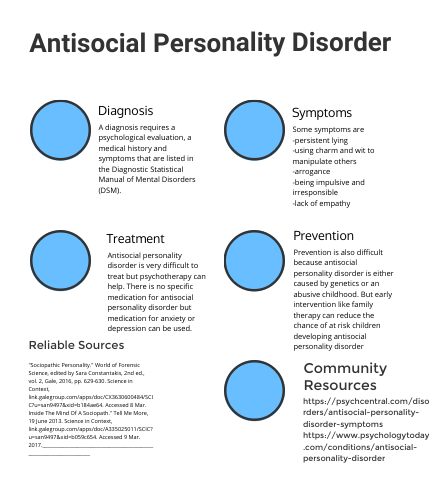Effective communication characteristics
The Top Characteristics of Effective Communication
If you’re struggling with professional communication, you’re in good company. In fact, 86% of executives and employees cite ineffective communication as the cause of workplace failures. This proves how critical it is for messages between team members to be clear, concise, and useful.
By applying a few basic characteristics of effective communication, you can reach that goal. Here’s a look at those characteristics and how you can apply them.
What are the characteristics of effective communication?When we talk about the characteristics of effective communication, there are a few mainstay concepts to know:
1 Clarity
2 Conciseness
3 Correctness
4 Completeness
5 Coherence
6 Consideration
7 Courtesy
8 Concreteness
9 Consistency
Although the first seven of these are well-known staples of business writing, there are even more elements today’s business teams must consider in their day-to-day communications. So, we’ve added two of our own: concreteness and consistency.
If your writing is clear, your reader is much more likely to understand and act on your message. Consider this the ultimate characteristic of effective communication.
If, on the other hand, your reader has to wade through irrelevant information or unnecessary jargon, they’re probably going to struggle to get through your message. Start with a clear communication goal and use concrete, precise language to get your point across.
ExamplesBefore
“It was agreed upon that company policy be changed to allow employee selection of personal leave days.”
This sentence makes the reader work to understand its intent. Instead of using easy-to-read language, the message is diluted with jargon.
After
“The company decided to change policy and allow employees to choose their personal leave days.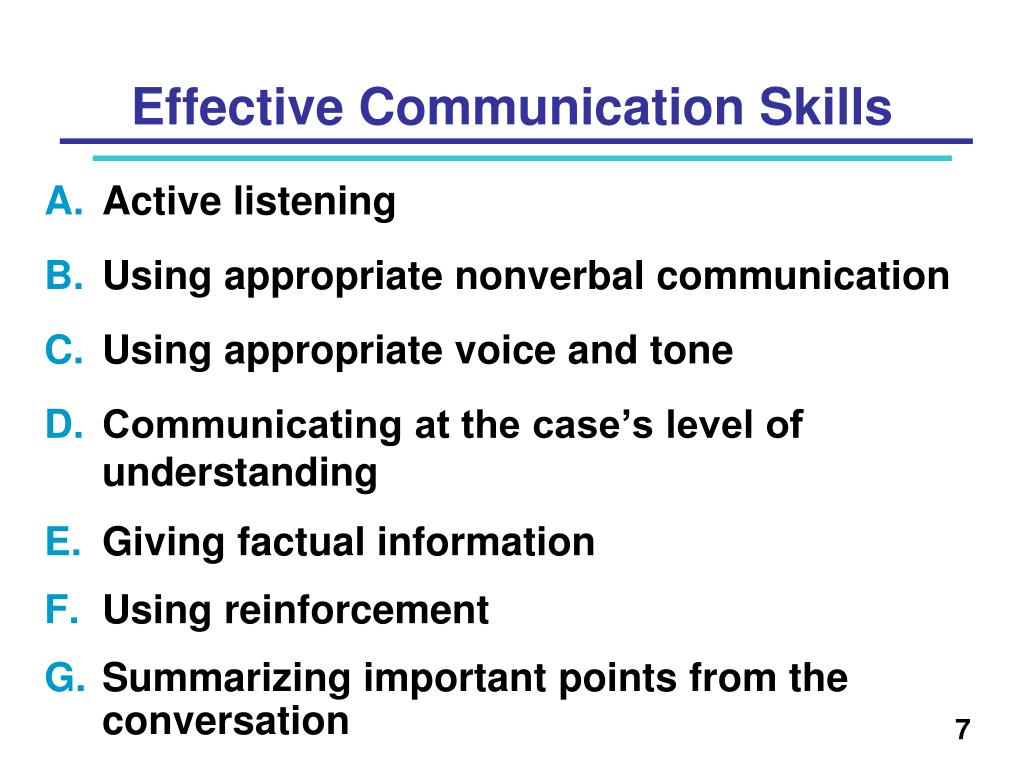 ”
”
There’s no extra padding in this statement for the sake of sounding more professional. The language is clear and direct, making it easy for the reader to interpret.
Before
“The amalgamation of the accounts will provide more time for the team to focus on other tasks.”
Don’t assume the receiver will understand an extended vocabulary. Using words like “amalgamation” can be distracting and leave gaps in their interpretations.
After
“Joining these accounts will give the team more time for other tasks.”
Comprehensive words increase the likelihood that this message will be interpreted correctly. Always use common language.
Implementing a communication assistant (like Grammarly Business) can help your team communicate clearly across all platforms.
2 ConcisenessAs George Orwell wrote in his essay “Politics and the English Language,” if it is possible to cut a word out, always cut it out.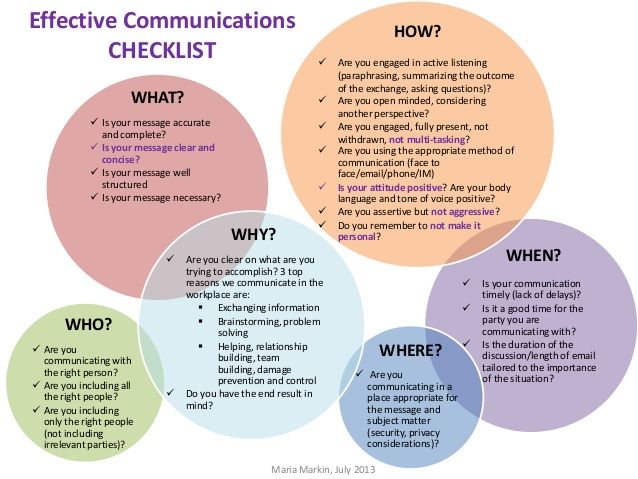 Your goal is to communicate your message as quickly and directly as possible. By doing this, you’ll save your reader time and trouble.
Your goal is to communicate your message as quickly and directly as possible. By doing this, you’ll save your reader time and trouble.
Before
“We are endeavoring to construct a meticulous proposal to amplify sales.”
This statement is clouded with complex words that add nothing except bloat.
After
“We’re creating a plan to increase sales.”
This version is direct and efficient.
Being concise helps the receiver focus on what’s essential, speeds up information processing, and ensures improved understanding. Get straight to the point: Avoid wordiness, empty phrases, and redundancies.
3 CorrectnessProper grammar and syntax increase the effectiveness and credibility of your message. Mistakes might affect clarity, create ambiguity, and raise doubts. In addition, the message’s information needs to be accurate. Misinformation can derail productivity in the workplace and compound disorganization.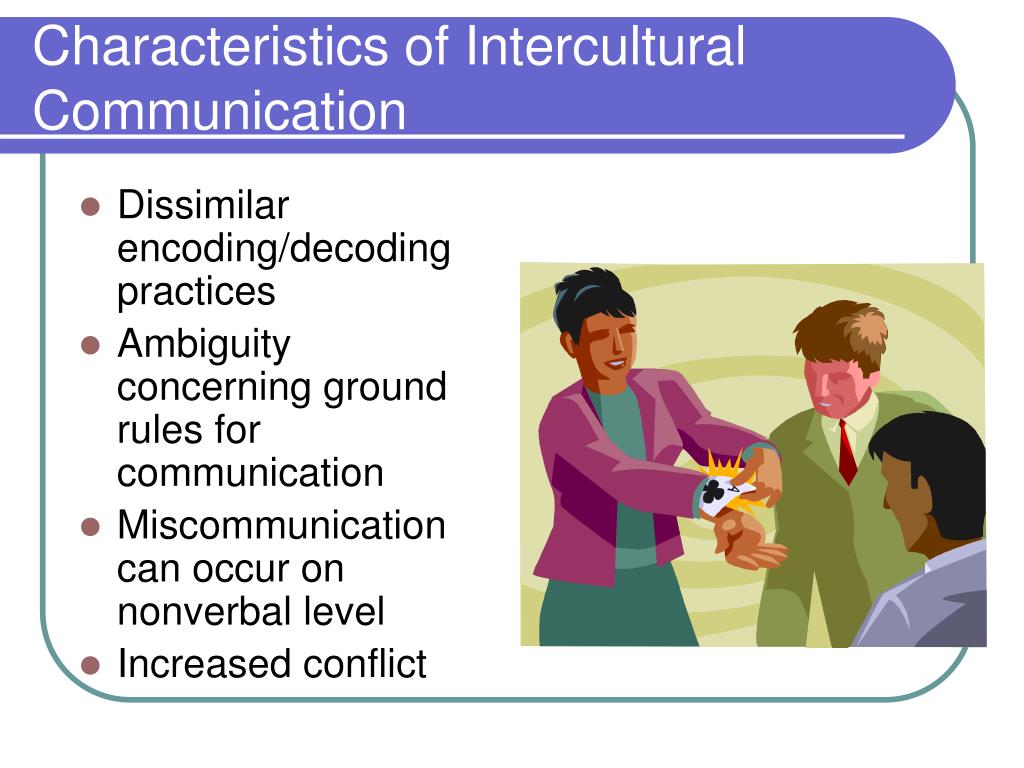
Before
“Our expanses have increased by 56% this quarter.”
There are spelling errors and typos that change the intended information significantly.
After
“Our expenses have increased by 5–6% this quarter.”
This statement has no errors and presents the correct information.
To ensure the messages you’re sending your recipients are correct, make sure your statements are fact-based and provable. Then, be sure to always review the content before sending it. Grammarly Business helps you ensure your writing is free of grammatical mistakes and misspelled words.
4 CompletenessEffective communication requires the whole picture. Leaving information out can lead to unnecessary guesswork for readers. Comprehensive yet concise messages reduce follow-up questions and prevent delays.
ExampleBefore
“When are we meeting?”
There’s no substantial information in this message. It isn’t clear what meeting the sender is referring to or why they’re asking.
It isn’t clear what meeting the sender is referring to or why they’re asking.
After
“When are we meeting with Angie and Ibou to review their marketing campaign?”
This version is direct and expresses intent efficiently.
5 CoherenceCoherent communication is logical. Your points should be relevant to your thesis, and the text’s tone and flow should be smooth. To make your writing coherent, stick to the topic by keeping each point connected with transition words and phrases. Staying organized will prevent any confusion or misunderstandings. If you need to touch on multiple points in a single message, compartmentalize each one.
ExampleBefore
“The due date for your project has been extended to next week. Mary’s client wants to discuss some new features. They requested a meeting for Friday.”
The structure of this message is disorganized. “Your project” and “Mary’s client” are two separate topics that may or may not be relevant to each other.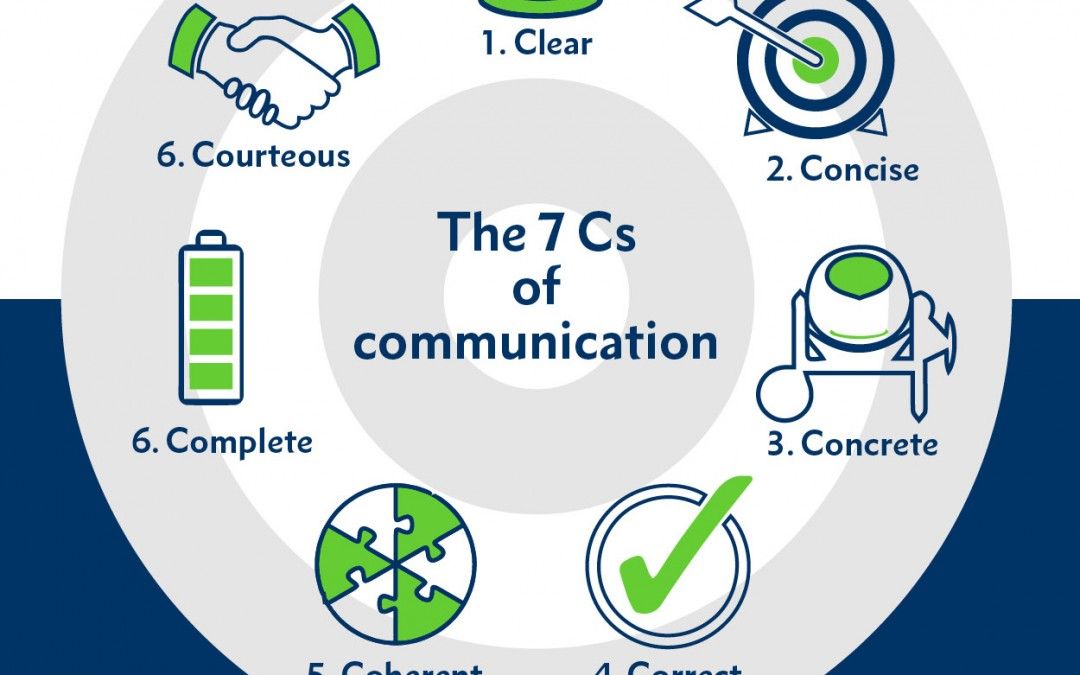
After
“Mary’s client wants to discuss some new features for their product this Friday. This means we’ll be extending due dates for all projects related to their campaign to incorporate the new features.”
The information is organized in a logical way that provides both the information about what is happening and also the reasoning. Therefore, it’s easy to understand.
6 ConsiderationEmpathy is a critical pillar of good workplace communication. Before you speak, consider your words and their potential effects on your listener.
ExampleBefore
“You did this wrong, and it looks awful. Why can’t you try harder?”
This message is too blunt and implies that the recipient is lazy or careless. The sender doesn’t take into account any other reasons for the perceived underperformance.
After
“I noticed a few mistakes in that last presentation. Let’s talk about how we can help you work on this.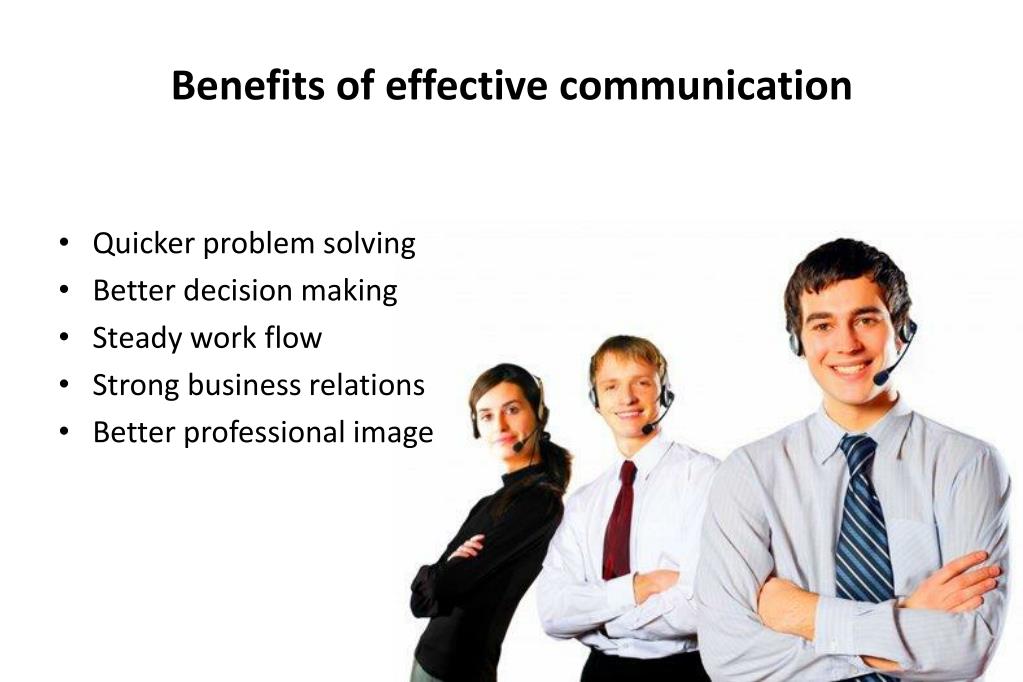 ”
”
This message focuses on solving the problem without blame. It is much more likely to be received positively.
Being considerate of others is important to good relationships and good communication. Even if a conversation is not directly business related, its consequences can generate an uncomfortable work environment and reduce productivity. Keeping a polite and professional tone of voice is just as important as the accuracy of the content.
7 CourtesyBeing courteous is as much a necessity in a corporate setting as anywhere. Your team is working together to achieve the same goals of success and growth. Inside jokes, insults, or an aggressive tone work against teamwork.
ExampleBefore
“Your staff ignores our suggestions for this program. Our duties are the most important step. Your team needs to understand this and implement our feedback on the code now.”
This message could read as discourteous to its recipient.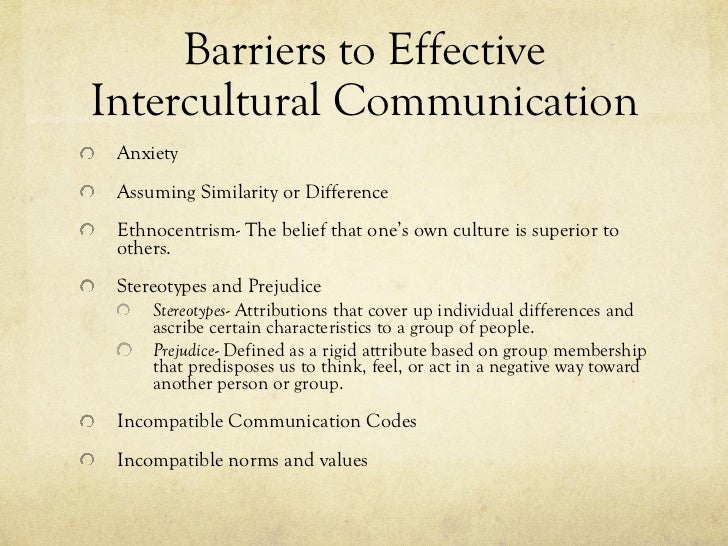 It’s not likely to motivate them to respond positively.
It’s not likely to motivate them to respond positively.
After
“I understand your team is swamped this week, and deadlines are fast approaching. Our department has made suggestions that we’d like the team to review. Please let us know if they need anything from us so we can meet these deadlines.”
This message is more courteous and professional. When constructive messages that affect productivity are conveyed with respect, team members are more likely to take the initiative and adjust accordingly.
8 ConcretenessA concrete message is tangible, supported by facts for enhanced credibility, and helps your audience better understand what’s being conveyed. It also mitigates the risk of misunderstanding, a common struggle in the workplace. Try to include specific examples or explanations.
ExampleBefore
“The deadline has been moved forward.”
There are no facts or additional information to support the intent of this message.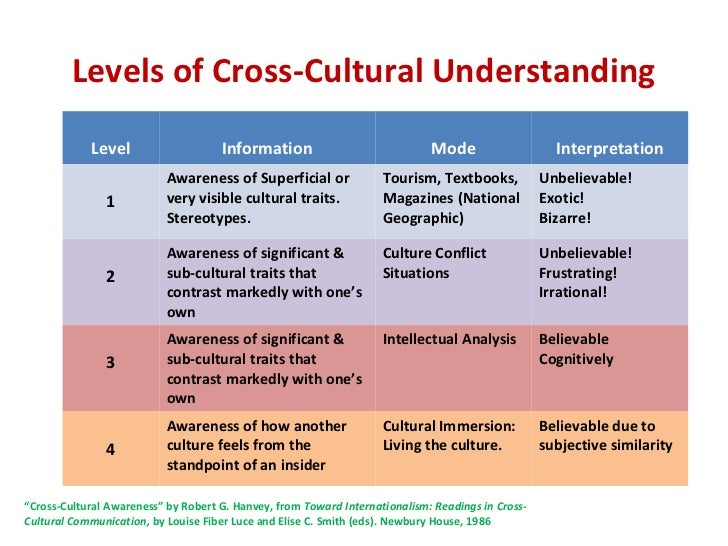 It’s vague and leaves the receiver guessing with no reason to take action.
It’s vague and leaves the receiver guessing with no reason to take action.
After
“The deadline has been moved from this Friday to next Friday because the client needs more time.”
This statement gives the reader specific days along with an explanation to support when and why the deadline is being moved. The additional information can help set things in motion to accommodate this change.
9 ConsistencyFollowing the tips above will ensure that your communication is effective. Once you’ve improved, however, don’t let your quality slip. Your teams and operations are valuable and should always be treated as such. Effective communication depends on a steady and efficient workflow from everyone.
To keep communication in your workplace effective and consistent, create a company style guide that aligns with your culture, values, voice, tone, and internal environment. It can provide the structure and guidelines for internal and external communication, giving you the confidence and security that all team members are collaborating in a positive environment.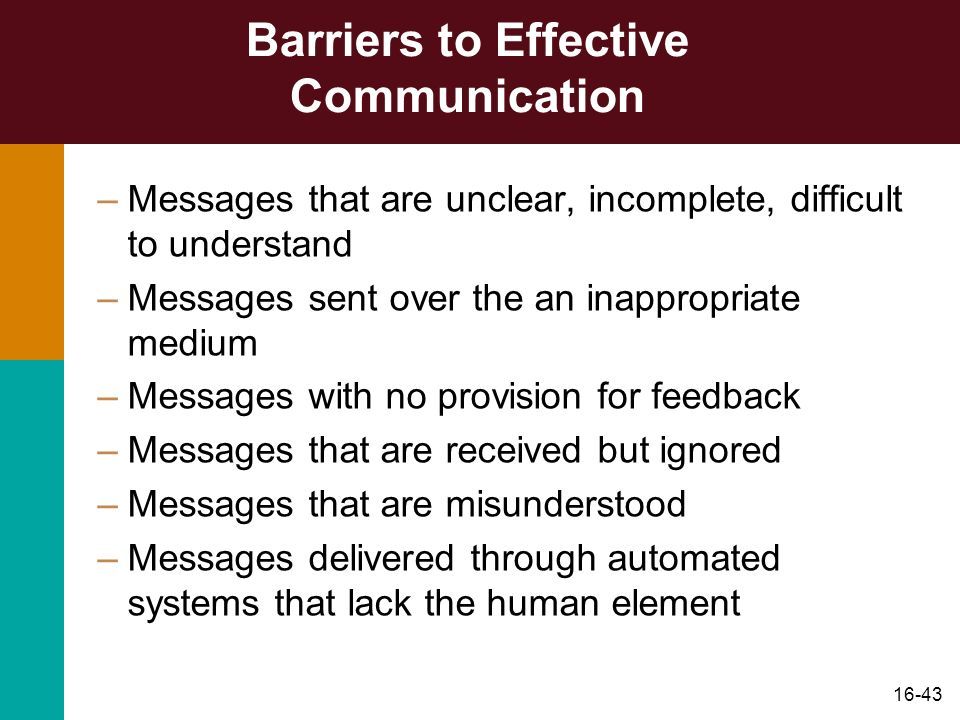
Improving your communication can boost both your team’s function and your business’ bottom line. The more effective you are at sharing your ideas, the more successful you’ll be at inspiring others. Taking time to learn the principles of effective communication can make you a more decisive leader and streamline workplace efficiency.
For long-term success, your team needs the right tools in place. Grammarly Business helps teams improve their written communication by ensuring correctness in grammar, punctuation, tone, and word choice and helping writers keep their communications concise and clear across all platforms.
Grammarly is an AI-driven communication assistant tailored to helping organizations like yours maintain consistent, effective communication. To learn more, contact us or get started with Grammarly Business today.
7 Traits of Effective Communication in the Workplace
It is not what you say but how you say it – it is a timeless aphorism that is true even in today’s fast-paced workplace environments.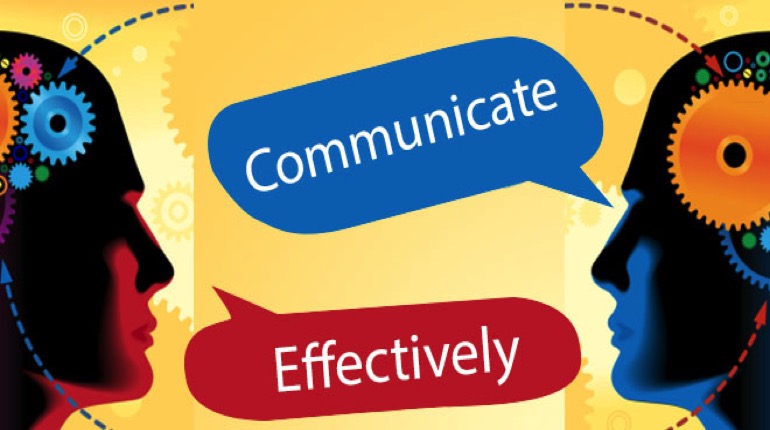 It might sound harsh, but 86% of executives and employees cite ineffective communication as the cause of business failures. In other words, effective communication has the power to separate a poor leader from an exceptional one, and having excellent communication skills is what can make or break a business.
It might sound harsh, but 86% of executives and employees cite ineffective communication as the cause of business failures. In other words, effective communication has the power to separate a poor leader from an exceptional one, and having excellent communication skills is what can make or break a business.
When you know how to communicate with your team in an effective and clear manner, you can easily eliminate misunderstandings, as well as encourage a healthy work environment where employees are not afraid to ask questions or raise concerns because they know their leaders are always ready to listen and answer.
Efficient and open communication will also let you and your team get things done quickly and professionally. Meeting targets and carrying out tasks and projects will also flow smoother than ever before. Read on and learn what the seven traits of effective communication in the workplace are!
Listening
The first trait of effective communication in the workplace is listening.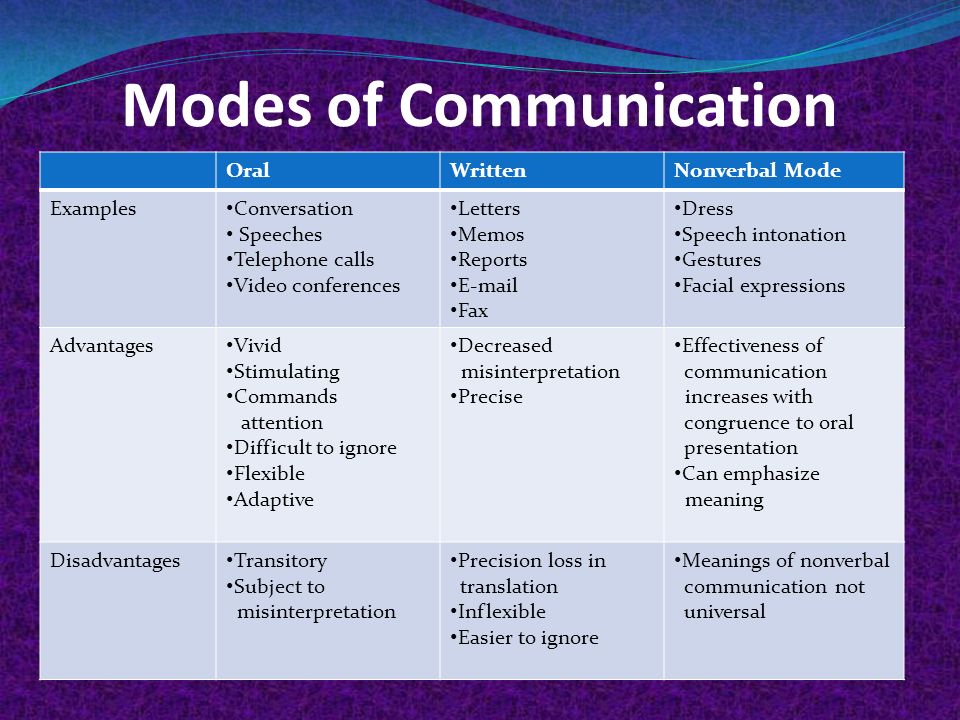 The ability to listen with an open mind and without bias is what makes great leaders great. Listening effectively is important not only for fostering a productive work environment but also for personal growth. By learning to listen more carefully to what others are saying, you will be able to understand them better, which will allow you to serve them better, too!
The ability to listen with an open mind and without bias is what makes great leaders great. Listening effectively is important not only for fostering a productive work environment but also for personal growth. By learning to listen more carefully to what others are saying, you will be able to understand them better, which will allow you to serve them better, too!
If you feel like listening is something you should work on, consider taking the time to practice active listening. Active listening requires you to listen attentively to a speaker, understand what they are saying, respond and reflect on what is being said, and retain the information for later, no matter whether the speaker is talking about the discussion on the hardphones versus softphones debate or a blockbuster that everyone has been talking about. That way, both the speaker and the listener are kept engaged in the conversation.
Clarity
Another trait of effective communication in the workplace that every leader should possess is clarity. Clarity means that you are being direct and specific when speaking or writing and always giving clear and easy-to-understand instructions as to what needs to be done and how it should be done.
Clarity means that you are being direct and specific when speaking or writing and always giving clear and easy-to-understand instructions as to what needs to be done and how it should be done.
Being clear with your instructions and expectations has the power to eliminate a lot of confusion among your employees, as well as help them understand what they should be doing. It is also the trait that will help you get rid of ambiguity in your communication, which can benefit you greatly in the long run!
Empathy
Empathy is an important trait for leaders who want to become exceptional communicators. This trait will allow you to understand how your employees feel about their work, especially if they feel that their jobs are unsafe or that they are being treated unfairly.
To ensure your employees are happy at work, you have to learn to put yourself in their shoes and understand how they feel about the tasks that they have been assigned. If you are able to do this well, then you will be able to handle problems and deal with issues much more efficiently!
Honesty
Honesty is another essential trait for any effective leader who aims to communicate with their employees in an effective way. There are many people who think that honesty has no place in business because it is “too risky” and could endanger a business venture or a business relationship, but that is not true at all! In fact, honesty is one of the most valuable traits that you can possess as a leader.
There are many people who think that honesty has no place in business because it is “too risky” and could endanger a business venture or a business relationship, but that is not true at all! In fact, honesty is one of the most valuable traits that you can possess as a leader.
When you are honest with your team members, they will trust you and feel safe working under you. Not only that, but you will also be able to build trusting relationships with them, as well as help motivate them to do their best in their jobs, which is essential for any type of teamwork.
Patience
It is easy to forget that being a leader often means being a teacher. You have a responsibility to educate your employees on the tasks that they need to accomplish and any other tasks that involve them. But in order to teach them effectively, you have to be patient enough to make sure that they fully grasp everything that they need to know, even if this takes longer than usual.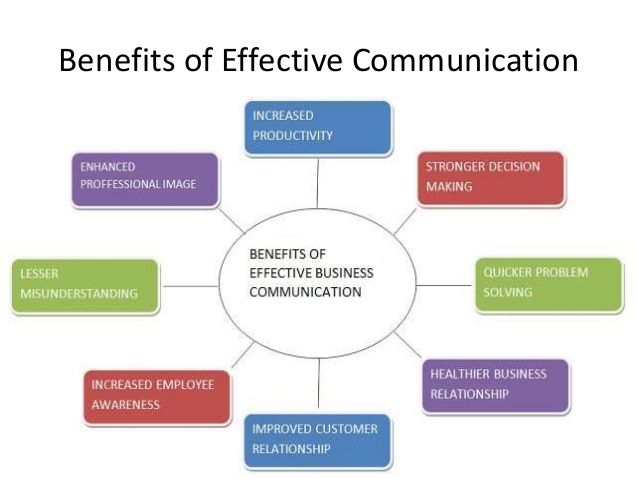 Being patient as a leader will take some effort on your part, but it will also help you gain respect from your team members, as they will see how dedicated and invested in their work you are.
Being patient as a leader will take some effort on your part, but it will also help you gain respect from your team members, as they will see how dedicated and invested in their work you are.
Adaptability
It can be difficult to change, especially when you are used to doing things a certain way, but as a leader, adaptability is one of the most important traits in communicating effectively. It is easy for things to happen unexpectedly in the workplace, and it is important for leaders to be able to react quickly and effectively when such unexpected events occur. In fact, it will benefit both you and your employees immensely!
Teamwork
As a leader, it might be easy for you to focus on yourself and the tasks that lie ahead of you, but when it comes down to it, your employees are what matters the most. Without them, there would be no effective communication in the workplace at all. Because of that, you need to get in the mindset of being a team player.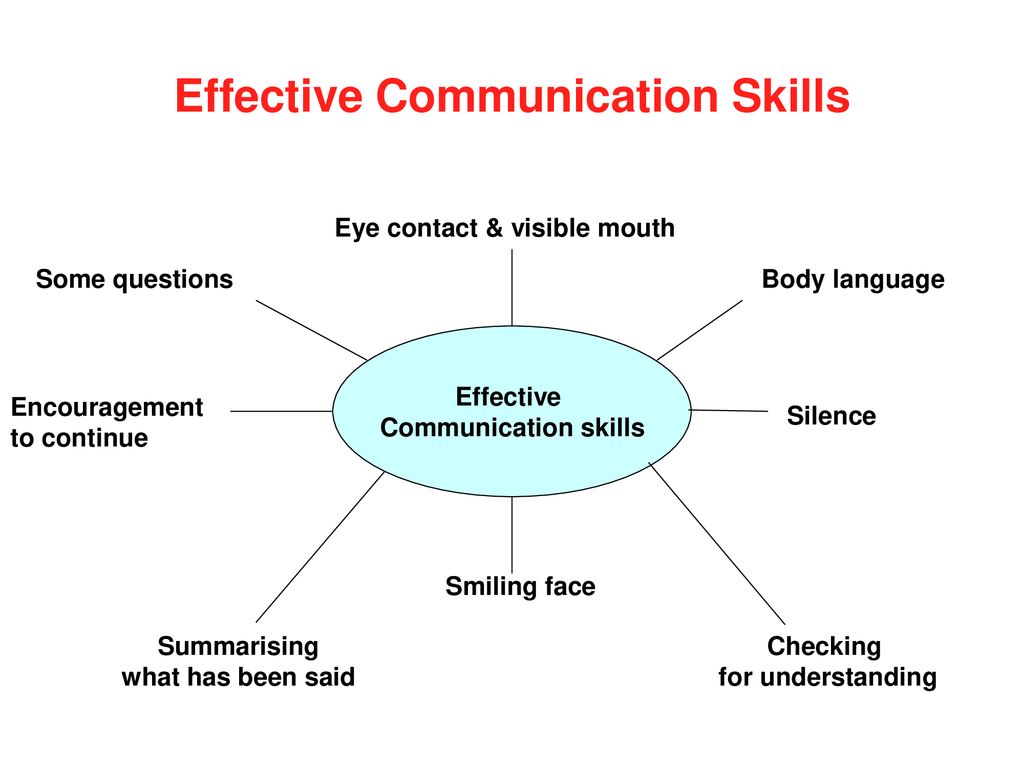 It means more than just being willing to put in extra time and effort to complete tasks. In addition, it means investing your time into creating strong relationships with your employees so that they can truly trust you as a leader.
It means more than just being willing to put in extra time and effort to complete tasks. In addition, it means investing your time into creating strong relationships with your employees so that they can truly trust you as a leader.
In Conclusion
To sum up, communication skills are not only essential but also a necessary tool for any leader. By learning to communicate effectively with your team members, you will be able to lead them smoothly and easily and help them succeed in their work.
Being a good leader is not something that you can simply learn overnight. It takes time and effort to develop the traits listed above, as well as a willingness to learn from your mistakes. But if you are willing to do all that it takes, then you should find yourself developing into an exceptional leader in no time at all!
DMCA
PROTECTED
Tags: Effective Communication, work environment, workplace communication
Effective communication, techniques and skills for effective communication
We use communication skills on an automatic level every day, for example: the ability to speak and listen, the ability to maintain a conversation. However, in many situations it turns out that our ability to communicate is not enough to achieve our goals.
However, in many situations it turns out that our ability to communicate is not enough to achieve our goals.
Discoveries in the field of humanistic psychology, made in the second half of the 20th century, made it possible to formulate a number of techniques, having learned which you can achieve significant success in improving the effectiveness of communication. In the future, we will call the active participant in communication (the one who is currently speaking) the "sender", and the one who is currently listening - the "addressee" or "receiver". nine0003
The way the sender builds communication depends primarily on his attitude towards himself and towards the addressee. Successful communication implies respect for both participants in the process. It should be remembered that effective communication is not manipulating a partner in order to extract one-sided benefits, but trusting, mutually beneficial communication.
List of skills for effective communication
Below is a list of some skills required for effective communication :
- The ability to listen is not only the ability to concentrate and perceive information, but also the ability to encourage the narrator, sender, ask a clarifying question, use paraphrasing techniques (“i.
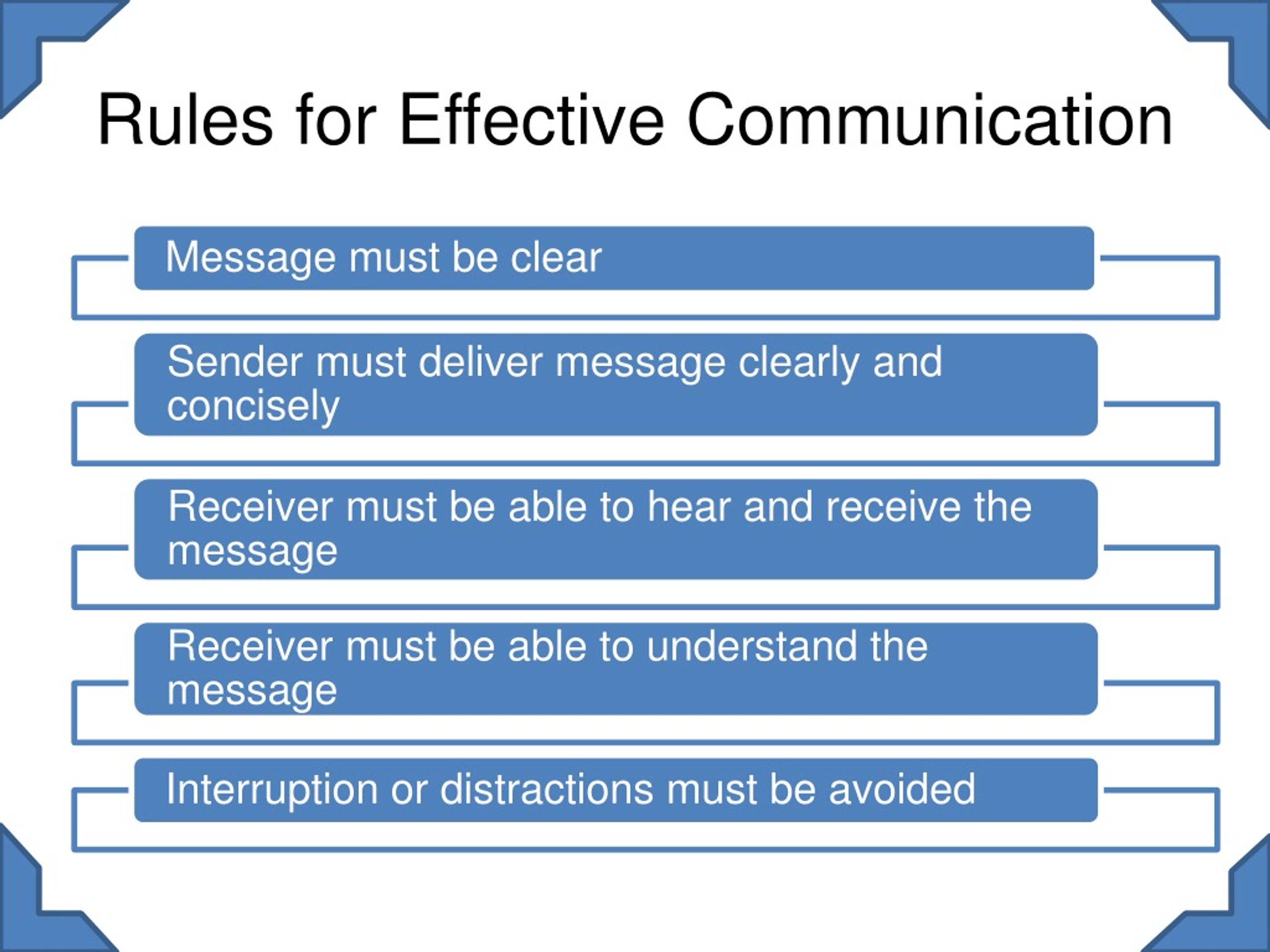 e. did you mean ...”), misunderstanding, reflection, summarizing .
e. did you mean ...”), misunderstanding, reflection, summarizing . - Flexibility and ability to compromise.
- Empathy - the ability to feel the emotional state of a partner and take it into account when building communication.
- Control over emotional tension, the ability to defuse tension. nine0020
Effective communication is impossible without establishing the so-called "psychological connection" between the sender and the addressee. This is what is colloquially called "being on the same wavelength."
Techniques for effective communication.
Here is a series of techniques that will help you achieve this "docking" in a business meeting:
- Create a pleasant and calm environment.
- Give the first word to your interlocutor. nine0020
- If you disagree with him, never interrupt him. Let him have his full say.
- Repeat his phrases, slightly paraphrasing them. This will show that you are listening carefully, and will also help you make sure that you understand it correctly.
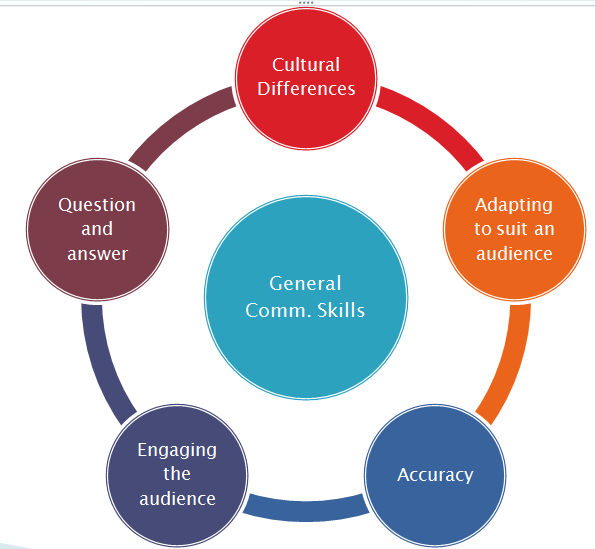
- If you do not agree with the interlocutor's proposal, offer an alternative solution, supporting your speech with clear and weighty arguments. Give examples of an approach similar to yours, confirming its effectiveness. nine0020
- Before ending the meeting, summarize it. Highlight the most important.
- Regardless of the outcome of the meeting, express your intention to continue cooperation and thank the interlocutor for participating in the discussion.
To achieve maximum results, you should pay attention to the means of non-verbal communication.
- Posture: Take an open posture. An open posture, when arms and legs are not crossed, speaks of openness and goodwill. Listening to the interlocutor, you should slightly tilt your head in his direction. You can occasionally nod, which means not only agreement, but attention and acceptance. nine0020
- Rate and volume of speech, diction: Don't forget to pause. Pay attention to whether the interlocutor hears you well.
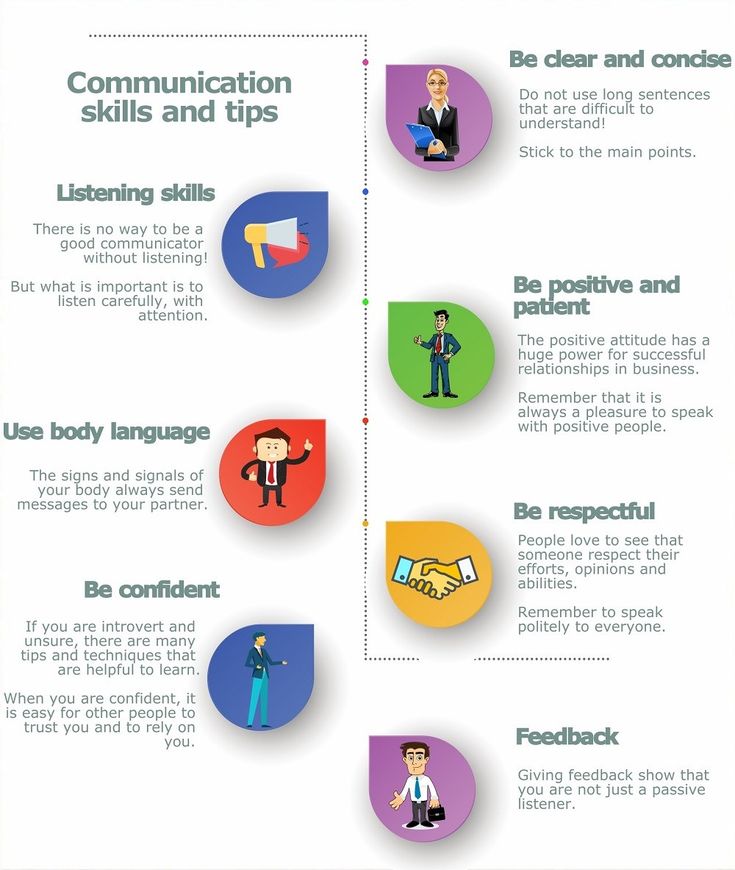 The optimal speech rate is about 120 words per minute.
The optimal speech rate is about 120 words per minute. - Appearance (sloppy, or, conversely, inadequately formal appearance can be perceived as a manifestation of disrespect for the interlocutor)
- Gestures and facial expressions: copying the gestures and facial expressions of the interlocutor contributes to the establishment of trusting relationships. Such copying creates the feeling of a mirror, and your interlocutor will feel as comfortable as possible. But copying should be done carefully so that the interlocutor does not feel that he is being parodied. nine0020
Using the techniques described above, you can gradually learn effective communication, which will positively affect your personal and professional growth.
Certificates
All certificates
Letters of thanks
letter
nine0002 All lettersREVIEWS
Feedback on the training "Coaching skills" for trainers TransTeleCom
Irina Insarova ,
TransTeleCom expresses its gratitude to Bureau Accent LLC for the training for trainers.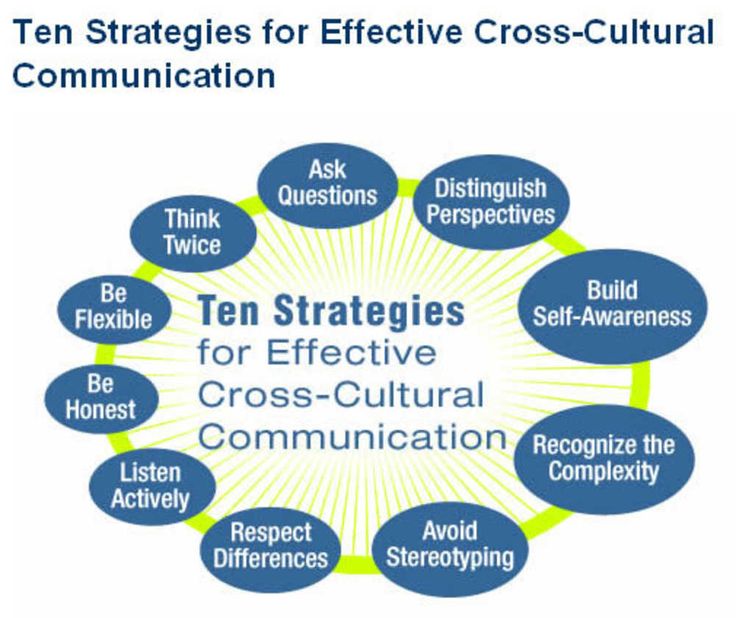 The training group consisted of participants with different…0003
The training group consisted of participants with different…0003
30 Aug 2022
How to create a mentoring system in a company?
All news
Newsletter subscription
90,000 principles, rules, skills, techniques. Conditions for effective communicationA modern person strives to be successful everywhere - both at work and in personal life. Career, family, friends are all parts of life, and effective communication allows you to improve all areas and reach maximum agreement. Everyone should strive to improve their social skills. Even if difficulties initially arise, over time this knowledge will bring well-deserved results - reliable interpersonal connections. nine0003
Definition of communication
Different ways of transferring information from one person to another is called communication. It includes all the variety of channels for transmitting and decoding signals and happens:
- verbal;
- non-verbal;
- written;
- pictographic;
- space-symbol, etc.

It is believed that communication is effective when the sender of information communicates on the same wavelength as the recipient. However, even communication in a single sign system does not guarantee that the message will be correctly deciphered. nine0003
Verbal means of communication: concept, types, brief...
A person is a unit of society, and not only personal depends on his interaction with his own kind...
Effective communication allows you to minimize the loss of the meaning of the message. To successfully promote a business, to maintain friendships, for a vibrant personal life, it will be useful for any person to improve their communication skills.
Fundamentals of effective communication
Communication as a banal exchange of information is already present in the simplest animals. Man in the process of evolution has brought communication to perfection. Spoken and signed speech developed and gradually expanded to written, symbolic and figurative.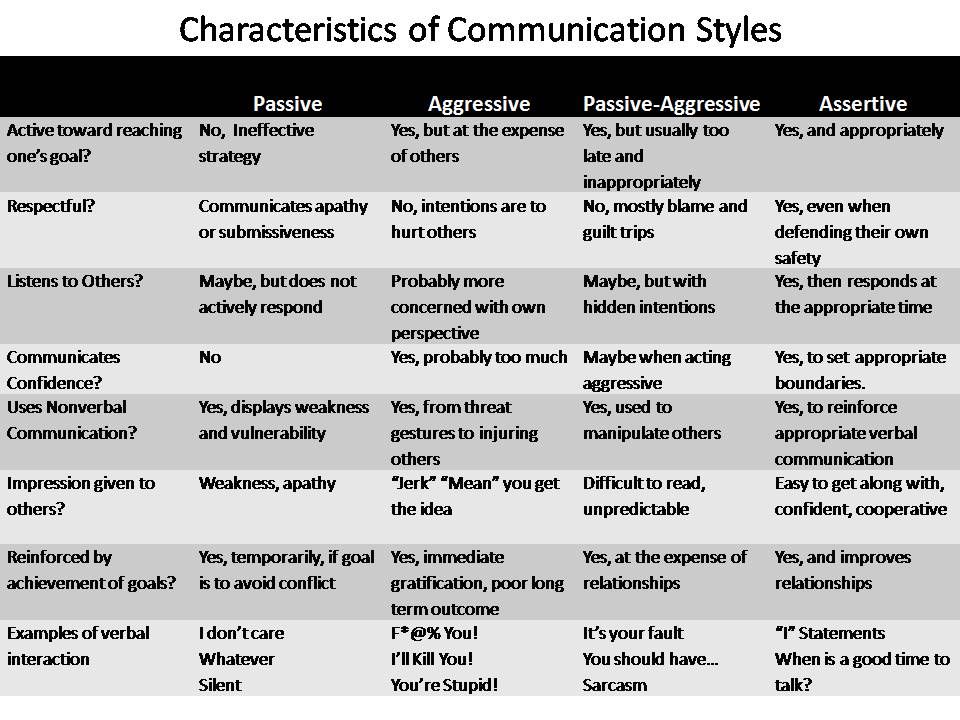 However, this process has complicated understanding, and effective communication becomes a separate object of study. nine0003
However, this process has complicated understanding, and effective communication becomes a separate object of study. nine0003
The communication process includes five elements:
- The communicator is the one who transmits information.
- Message content.
- Method of information transfer (how it is carried out).
- Audience or recipient - to whom the message is intended.
- The final stage of communication, allowing you to understand whether effective communication has taken place. It is possible only if the previous four are sufficiently satisfactory.
Principles of effective communication
Without positive communication it is impossible to achieve mutual understanding in any matter. In order to make sure that other people correctly perceive outgoing information, a number of requirements must be met.
First of all, you need to pay attention to the principles of effective communication:
- Communication should be two-way.
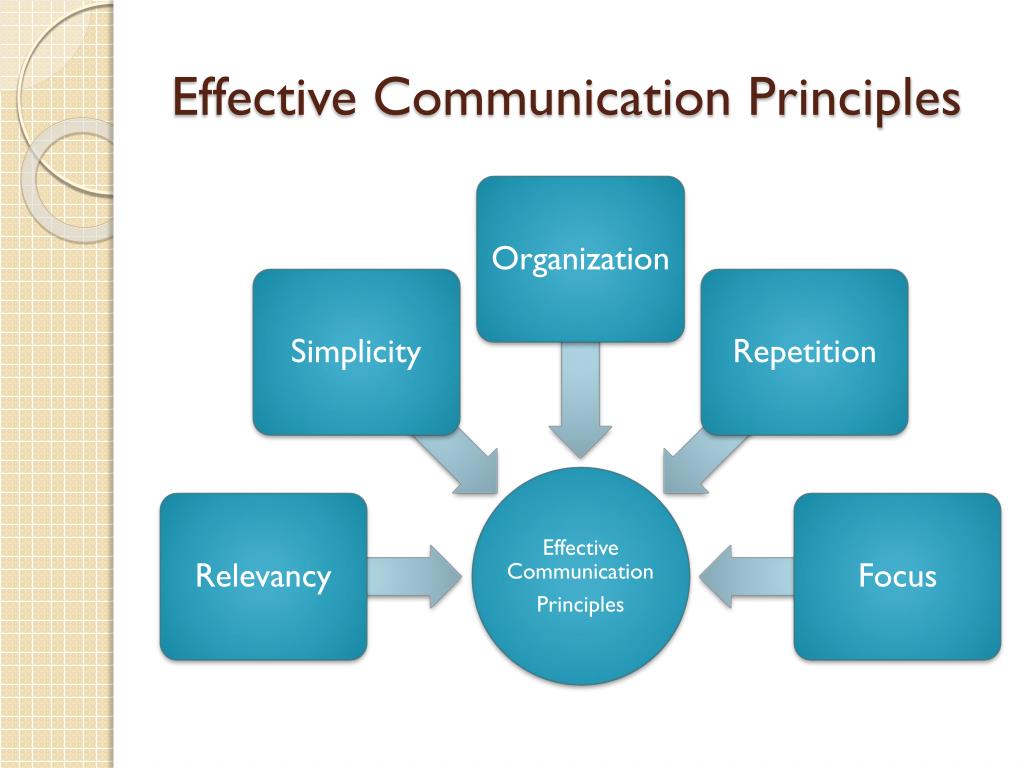 When all participants are interested in a positive outcome of the conversation, and it is equivalent for them, the necessary effect arises. nine0020
When all participants are interested in a positive outcome of the conversation, and it is equivalent for them, the necessary effect arises. nine0020 - The recipient must make every effort to correctly understand the message.
- The message should be clear, structured and concise.
- The recipient must trust the speaker, respect his opinion and not question his competence.
- Effective communication is always emotional, to the extent that is acceptable in a given situation.
- Patience and condescension to other people's shortcomings. Acceptance of people as they are, without trying to correct or correct anything. nine0020
Below we discuss the basic conditions for effective communication.
How to achieve a positive effect from communication?
In order for communication to be considered effective, certain conditions must be met:
- Speech must correspond to the original purpose of the conversation, be adequate.
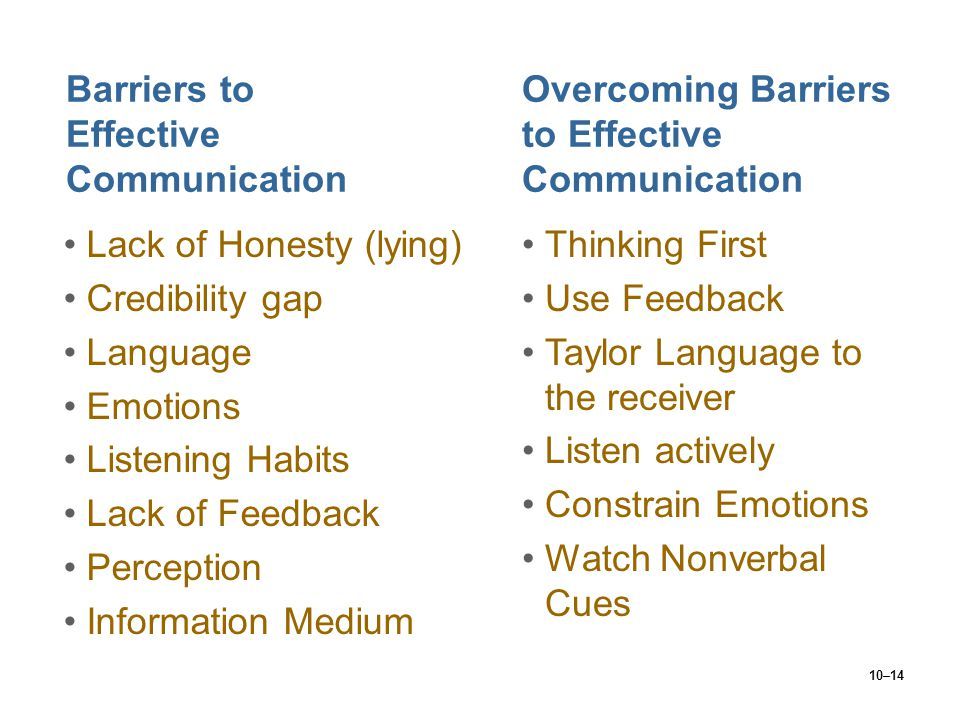 You should not talk too much or touch on issues in a conversation that have nothing to do with the topic under discussion. It improves effective communication skills.
You should not talk too much or touch on issues in a conversation that have nothing to do with the topic under discussion. It improves effective communication skills. - The words used must be logical and lexically accurate, this is very important to achieve the goal of communication. It is achieved through constant self-education, reading various literature and attentive attitude to the native language.
- The narration itself must be logical and competent. A clear presentation structure creates favorable conditions for listeners and increases the chances of a positive outcome.
Techniques for effective communication
Any person lives in society and is dependent on it. Even the most desperate homebodies, perhaps not directly, but enter into interpersonal relationships. Both for work and for domestic social connections, effective communication will be useful. Techniques and communication skills can be developed and improved - this will make the life of any person much easier.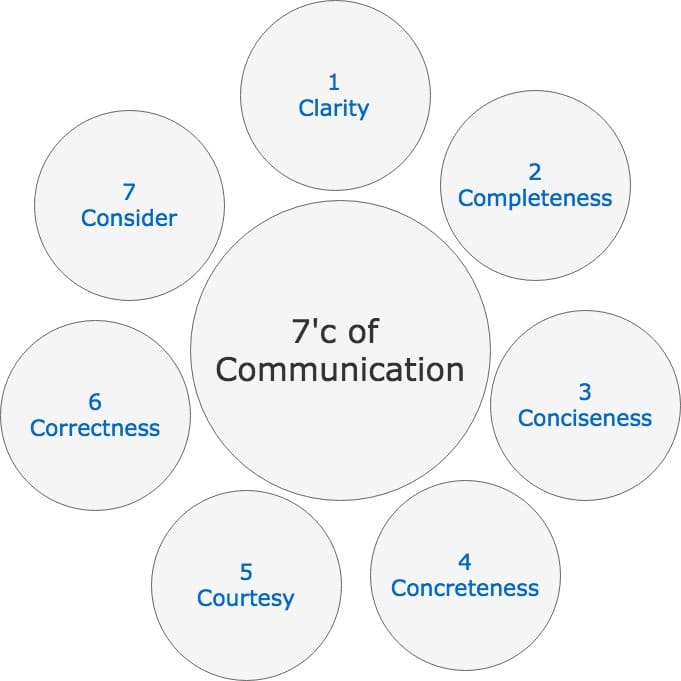 nine0003
nine0003
Organizational communication. The concept, types, structure and...
Communication is of great importance for the successful development of any organization. This is a kind of...
Do you want to get positive in the process of communication? It will be useful for you to learn some techniques for improving communication efficiency:
- Learn to listen carefully to what is being said. You should not only look at the interlocutor during the conversation, but also lean slightly, nod your head, and ask relevant leading questions. This technique will allow you to accurately understand the point of view of the interlocutor. nine0020
- Be clear, concise and to the point. The more clearly a thought is formulated, the more likely it is to be understood and perceived correctly.
- Include in your arsenal not only verbal but also non-verbal communication. Take the same posture as the interlocutor, try to use only open gestures, do not touch your face during the conversation.
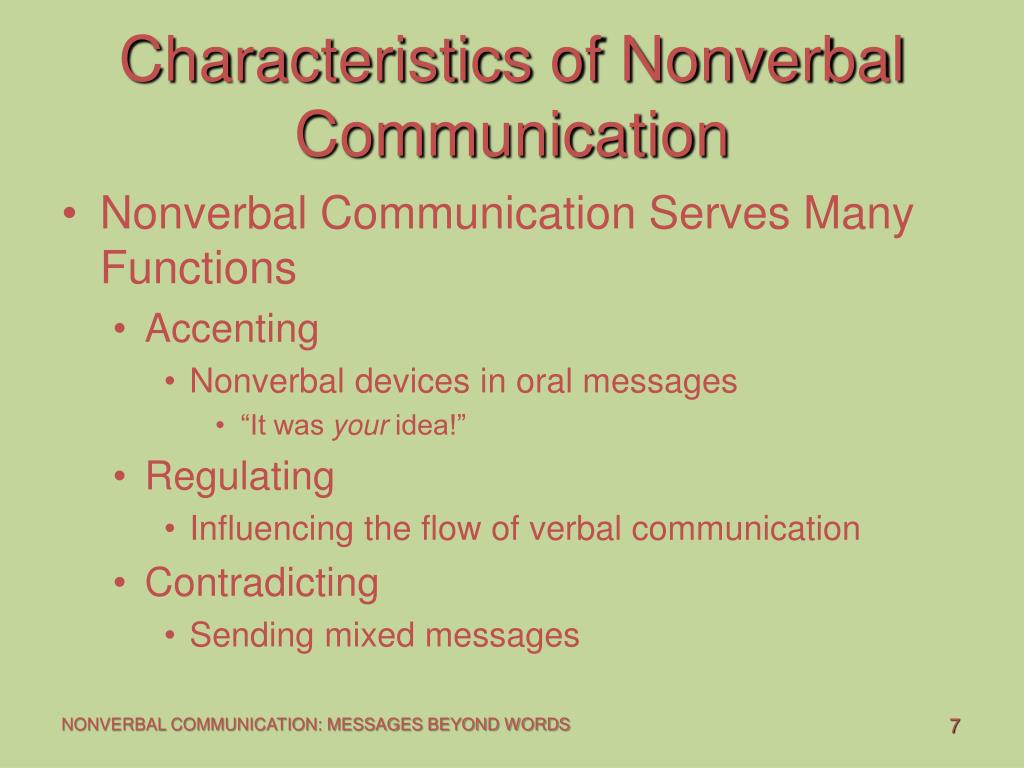
- Pay attention to the emotional coloring of speech. It should be moderate, but enough so that the interlocutor understands your interest in the issue. nine0020
- Master the art of public speaking. The ability to control the voice allows you to accelerate the development of effective communication. Clear articulation, correct timbre and adjusted volume will make any message positive.
- Master the technical means of communication. Any adult needs to be able to use the phone, fax, Skype, e-mail. Written communication skills should be developed regularly.
These are just basic techniques designed to facilitate and improve interpersonal communication. nine0003
Rules for effective communication
Any interpersonal communication must comply with certain standards. Their violation leads to a lack of understanding between the interlocutors, conflicts and even to a break in relations.
Rules for effective communication:
- Speak in the language of the interlocutor.
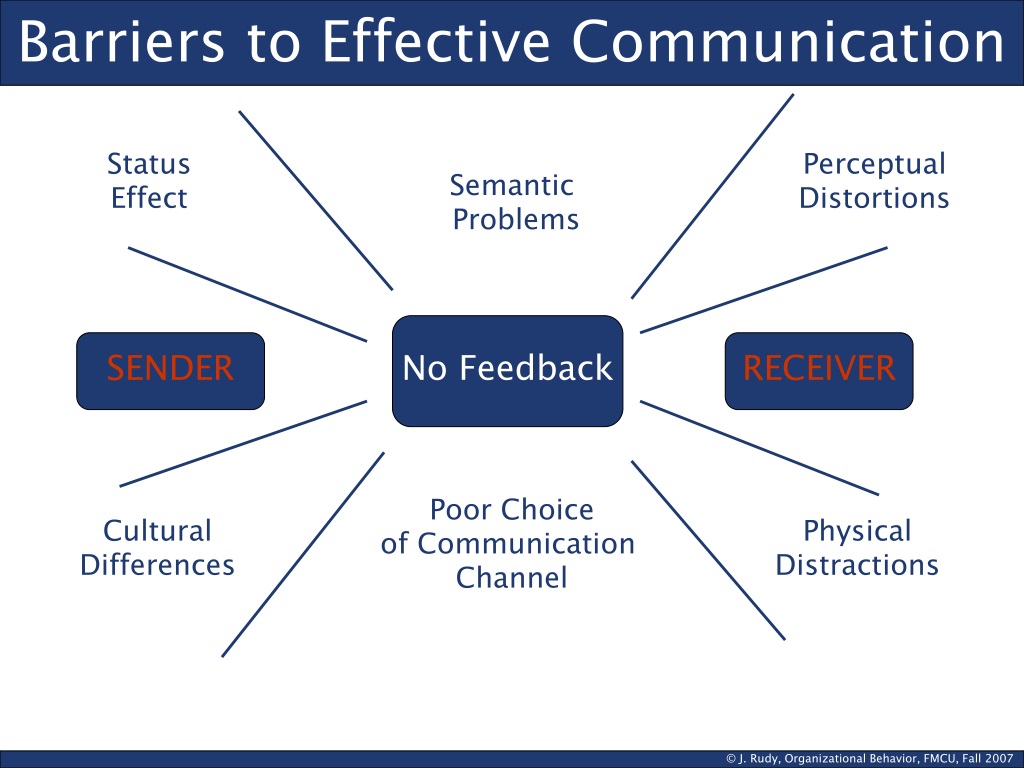 This rule should be understood as the need to take into account the level of education, social status, age and other parameters. To be heard and understood, it is necessary to formulate your thoughts, based on the characteristics of the audience. nine0020
This rule should be understood as the need to take into account the level of education, social status, age and other parameters. To be heard and understood, it is necessary to formulate your thoughts, based on the characteristics of the audience. nine0020 - Get ready to socialize. If the conversation is not spontaneous, you should find out in advance with whom and for what reason you will meet. Take visual materials and technical means. Develop a conversation plan.
- Learn the techniques of active listening, this will help to position the interlocutor and better understand his point of view.
- Speak clearly, moderately loud and confident, do not drawl, but do not slur.
- Stick to the chosen style when writing a letter.
- Before calling by phone or Skype, plan the conversation in advance and the questions that need to be discussed.
Ways of effective communication
In order to achieve mutual understanding in the process of communication, it is necessary to create conditions and take into account possible ways of effective communication.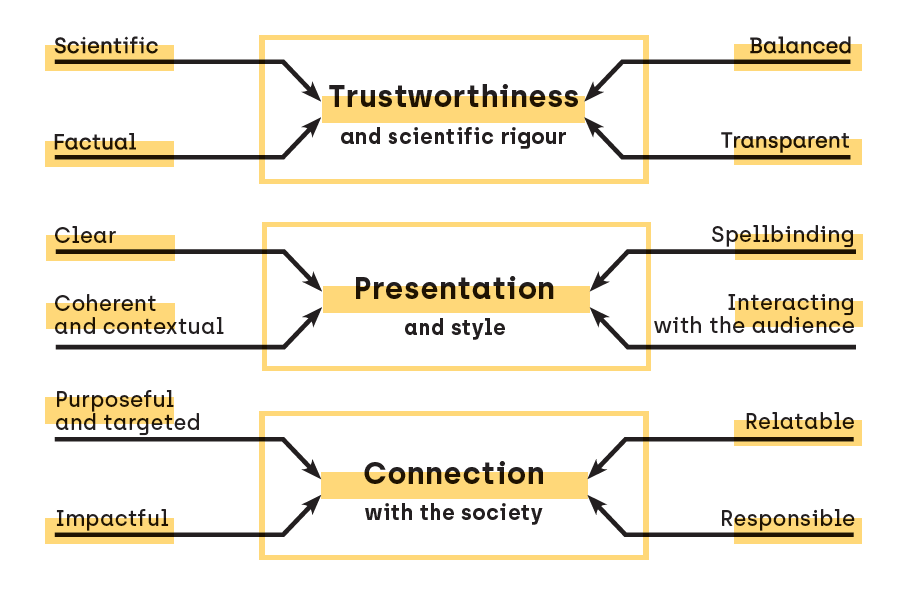 There are six of them in total:
There are six of them in total:
- Strive to express your thoughts as convincingly as possible. Always speak briefly and to the point, avoid unnecessary heaps of words, omissions and possible double interpretations. nine0020
- Use terminology and professionalism only when appropriate.
- Even in everyday communication, jargon and slang expressions should be avoided, especially when it comes to intergenerational communication.
- Avoid excessive emotional stress, both positive and negative.
- Try to address in a personalized way, by name, by scientific or military rank, or by uniting a group of interlocutors with a common word.
- Always respect the rules of courtesy and etiquette. nine0020
Non-verbal signals to improve communication
Interlocutors perceive each other not only by ear. Verbal exposure can be increased or decreased by various non-verbal cues. Our body sends them out in large numbers, and other people read and interpret them on a subconscious level.
To improve communication skills, it will be useful to master the techniques of positive non-verbal reinforcement:
- Always be clean and tidy: even if the clothes do not quite match the dress code, the overall impression of the conversation will be positive.
- Try to control facial expressions and emotions. Facial expression should be neutral-positive and respond with changes depending on the course of the conversation.
- Avoid touching your face during a communicative act - this is subconsciously perceived as an attempt to cover your mouth, therefore, your statement is false.
- Learn to "mirror" the position of the interlocutor's body. It is important to do this delicately, without excessive zeal, so as not to look like a caricature. nine0020
- Avoid "closed" postures - crossed arms and legs. This position of the body indicates a lack of readiness for effective communication. While open palms and a friendly smile are able to win over any interlocutor.

